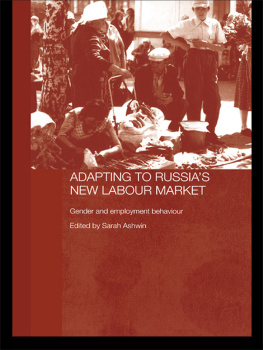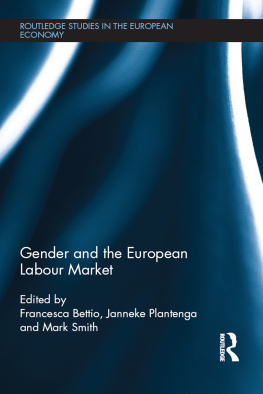Nishimura Junko - Motherhood and Work in Contemporary Japan
Here you can read online Nishimura Junko - Motherhood and Work in Contemporary Japan full text of the book (entire story) in english for free. Download pdf and epub, get meaning, cover and reviews about this ebook. year: 2016, publisher: Routledge, genre: Science. Description of the work, (preface) as well as reviews are available. Best literature library LitArk.com created for fans of good reading and offers a wide selection of genres:
Romance novel
Science fiction
Adventure
Detective
Science
History
Home and family
Prose
Art
Politics
Computer
Non-fiction
Religion
Business
Children
Humor
Choose a favorite category and find really read worthwhile books. Enjoy immersion in the world of imagination, feel the emotions of the characters or learn something new for yourself, make an fascinating discovery.

- Book:Motherhood and Work in Contemporary Japan
- Author:
- Publisher:Routledge
- Genre:
- Year:2016
- Rating:4 / 5
- Favourites:Add to favourites
- Your mark:
Motherhood and Work in Contemporary Japan: summary, description and annotation
We offer to read an annotation, description, summary or preface (depends on what the author of the book "Motherhood and Work in Contemporary Japan" wrote himself). If you haven't found the necessary information about the book — write in the comments, we will try to find it.
This book explores the employment of Japanese women born in the 1960s and 1970s who experienced childbirth and raised children in the 1990s and the early 2000s. During this period, the Japanese economy experienced a severe recession. It has affected the firm-specific internal labour market and on employment practices, which in turn are thought to have greatly influenced Japanese womens employment. On the other hand, the fertility rate declined and social policies to support womens employment began to be implemented after the 1990s. This book explores how these labour market structure and social policies interact to affect Japanese womens employment. The book first analyses the employment patterns of women born between the 1920s and 1970s and examines how they have varied among different birth cohorts. Then, the employment behaviour of women before and after childbirth through the post-child-rearing period, as well as the working career of single mothers are explored for women born in the 1960s and 1970s. Based on the data analyses, the concluding part of this book discusses how the labour market structure and social policies during the 1990s and early 2000s interactively influenced employment behaviour of Japanese women, and some suggestions are put forward for changing womens employment during the child-rearing years.
Nishimura Junko: author's other books
Who wrote Motherhood and Work in Contemporary Japan? Find out the surname, the name of the author of the book and a list of all author's works by series.







